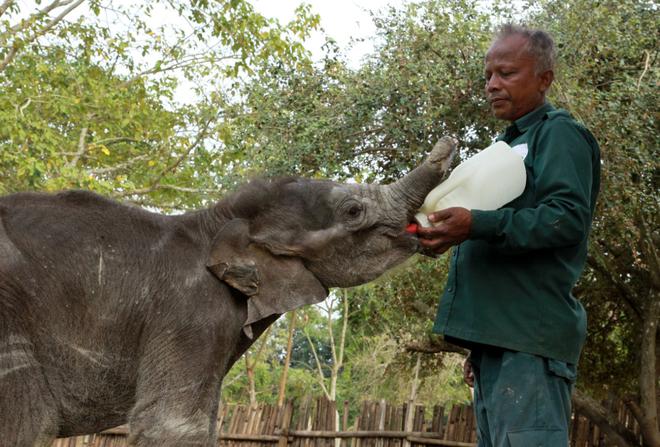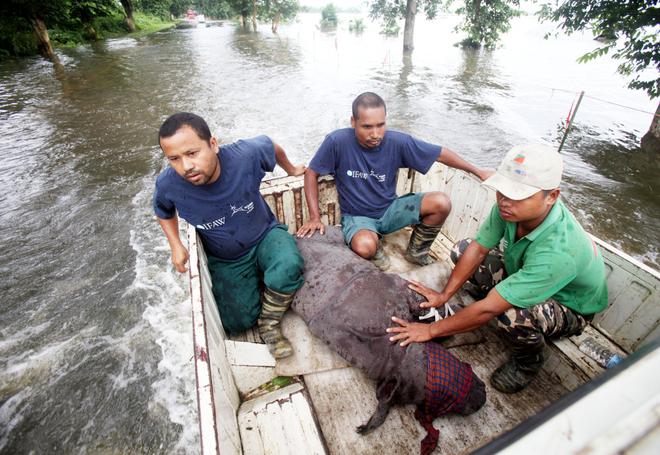GUWAHATI
The Centre for Wildlife Rehabilitation and Conservation (CWRC) at Panbari near the Kaziranga National Park and Tiger Reserve has completed 20 years of providing emergency care, treatment and rehabilitation to indigenous wild animals displaced due to various reasons.
A joint initiative of the Assam Forest Department, the Wildlife Trust of India (WTI) and the International Fund for Animal Welfare (IFAW), the centre was established on August 28, 2002.
The CWRC continues to be the only facility of its kind in India to have successfully addressed the welfare and conservation of 357 species including elephant, leopard, rhino, tiger, clouded leopard, black bear, wild buffalo, hog deer, muntjac, wild boar and monkeys. It has so far handled 7,397 animals out of which 4,490 (65%) could be sent back to the wild after proper care and treatment.

“The CWRC has become a model now in the field of wildlife conservation and its needs in Assam. With the dedicated service of the team CWRC, we could save many injured, orphaned and marooned animals, especially during the flood in Kaziranga,” M.K. Yadava, Assam’s Principal Chief Conservator of Forest and Chief Wildlife Warden said on Sunday.
“The centre has shown how civil society and governments can work together to bring top science and rehabilitation methods to India and successfully address conservation as well as welfare needs of wildlife. WTI is committed to continuing to upgrade the CWRC as a centre of excellence in the field of wildlife conservation in India,” Vivek Menon, founder and executive director of WTI said.
He played a key role in establishing the CWRC.
Azzedine Downes, the president and chief executive officer of IFAW said his organisation has been a proud and trusted partner to CWRC.
Rhino, elephant calves
The CWRC has been rehabilitating rescued rhino and elephant calves in Assam, helping Manas National Back get back its rhinos after the entire population of the herbivore was wiped out by extremists in the late 1990s.
The first rhino calf was translocated to Manas from the CWRC in 2006 under a repopulation programme. Twenty more rhino calves were shifted to Manas from the CWRC over the next two decades and 11 caves were born to these rehabilitated ungulates.

The rhino rehabilitation component of the CWRC thus proved to be one of the most successful programmes for orphan animals and a critical conservation success.
Of the 29 elephant calves rescued and hand-reared at the CWRC, 12 were sent back to the wild.
Apart from rewilding rescued Asiatic black bear cubs, the CWRC rehabilitated clouded leopard cubs – the first such case in the world.
The CWRC currently has two satellite facilities called mobile veterinary services. These are located in eastern Assam at Guijan in Tinsukia district (Dibru Saikhowa National Park) and in western Assam at Charaikhola (Chakrasila Wildlife Sanctuary).







